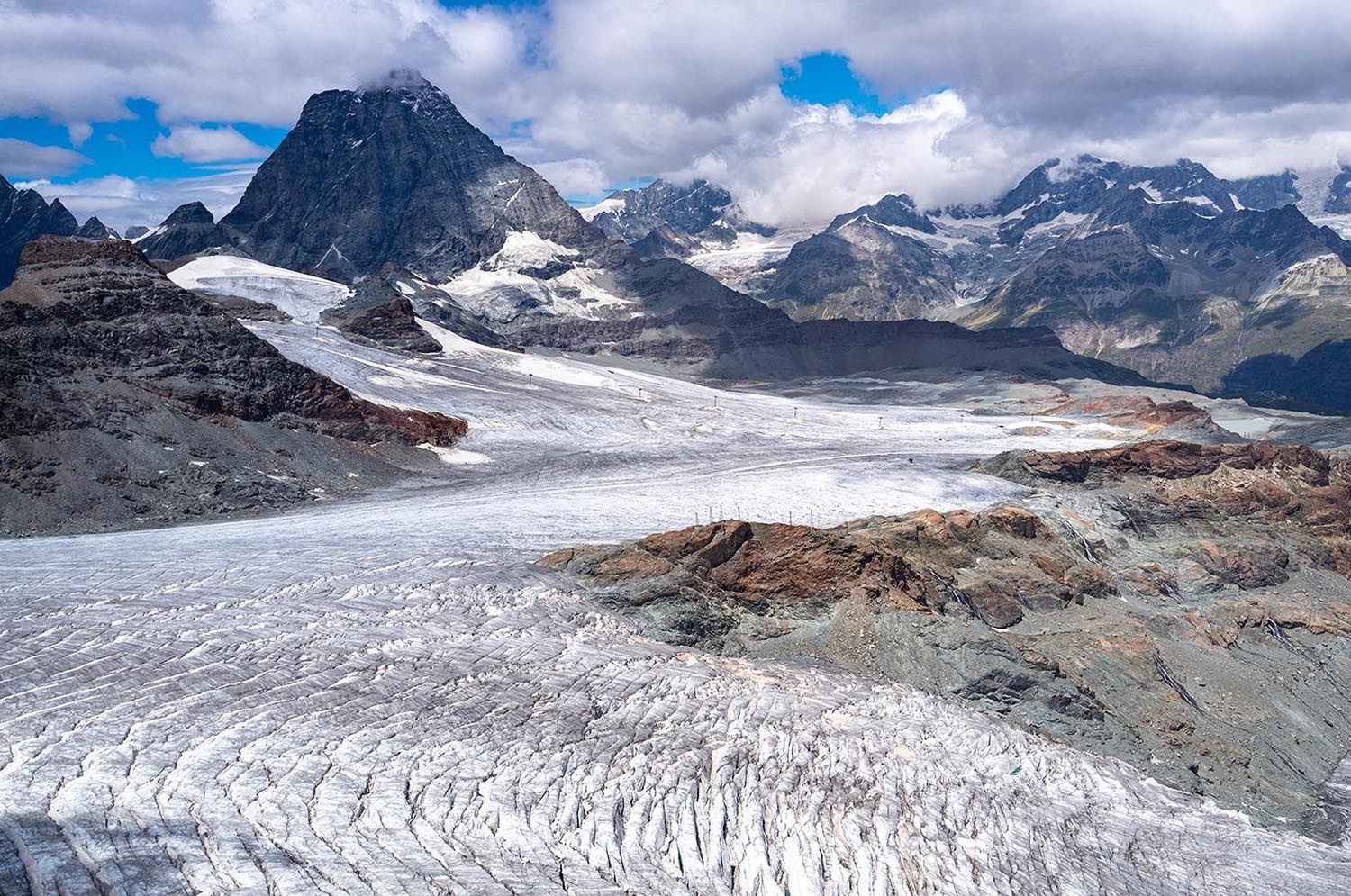Is November a good time to visit Switzerland?
If you're flexible and not chasing perfect weather, November can actually be a great time to visit Switzerland. It's that in-between stretch where autumn lingers in the cities, while the mountains start leaning into winter. You’ll find fewer travelers around, which means more breathing room at museums, thermal baths, and even early ski runs at higher resorts like Zermatt or Saas-Fee.
This is also when people local to the area start getting ready for the holidays, so by late November, you’ll see Christmas lights going up and smaller markets beginning to open. It’s a quieter, more relaxed look at Switzerland before the December crowds arrive.
Up in the mountains, some glacier resorts kick off their ski season, and conditions can already be decent, especially later in the month. At lower altitudes, you can still get out for a hike on clear days, particularly in the south where the weather tends to stay a bit sunnier.
This is also a good time to check out Switzerland’s spa towns. With the cooler air setting in, places like Leukerbad and Bad Ragaz start to feel extra appealing for a hot soak. Depending on what you want to do during your trip, you might find that this month is the best time to visit Switzerland.
Why November is a good time to visit:
- Budget travelers will find lower prices on trains and hotels this time of year
- It’s easier to visit popular places like the Matterhorn Glacier Paradise or Jungfraujoch without standing in long lines
- You can pair cultural time in the cities with a quick escape to the mountains
- Thermal spas and wellness resorts are more peaceful and often discounted in the shoulder season
- Photographers will like the mix of snow-dusted peaks and autumn color still lingering in some valleys










